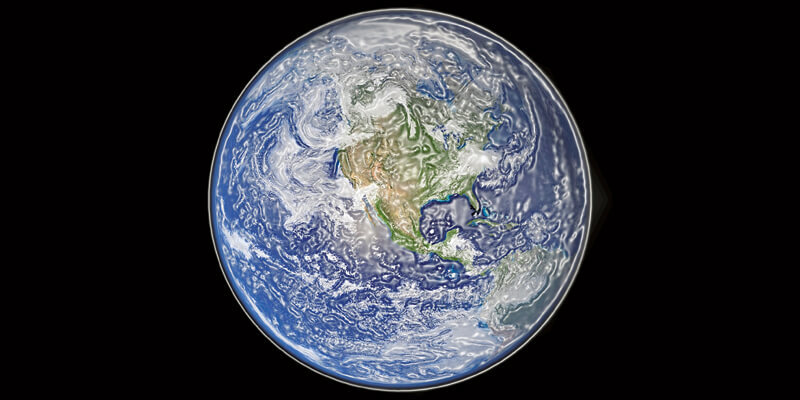A GEOANALYTICS COMPANY is trying to work out how to track the how, where and what of waste around the world, reports Alistair Maclenan

‘Global smart waste collection technology’ is a very prosaic description for an interconnected network of sensors, data and algorithms that can identify and track waste from source to destination. But being British, I am genetically predisposed to enjoy a pun, so I much prefer to call it the ‘internet of bins’!
Household waste is usually in the news when people express fear or anger about ‘state snooping’ – it’s probably for similar reasons that drunk drivers express fear or anger at police officers snooping with their breathalysers. But the need for an effective and global waste management system cannot be ignored and is trumping people’s worries of being fined for putting a can in the cardboard bin.
The World Bank’s What a Waste 2.0 report estimates that world waste production will be nearly three and half billion tonnes by 2050. Given “at least 33% of this waste is mismanaged globally today through open dumping or burning”, this terrible figure represents a viable threat to all life on earth.
Could you imagine that a video of a plastic straw being pulled out of a sea turtle’s nose would exist or that it would be real?!
Globalisation has had a tough time recently – efficiently transporting viruses was never part of the plan – and waste has not been immune to those headwinds.
Under its ‘National Sword’ policy, China declared itself out of the rubbish game. On 1 January 2018, the country that had handled nearly half the world’s waste banned the import of many plastics and other waste materials.
Some countries stepped into the void, but all of us who create and accept waste know that out of sight is no longer out of mind, and are quite rightly demanding that our governments know how it is produced, where it goes and how it is processed.
The wonderfully named, ‘Art of Possible’ event series promotes Scottish excellence and in May, I joined the ‘Future of Space Data’ workshop. The presenters included sustainability campaigner and successful businessman Mike Groves, who explained how he and his Topolytics team are using a combination of global data acquisition, sophisticated algorithms and location to create a platform that will track the how, where and what of waste, all around the world.
Google and SAP recognised that as a valuable ambition when they judged Topolytics to have won their Circular Economy 2030 Contest and awarded the team US$100,000 – good value, when you know that those two giant multinationals estimate that reducing waste and pollution can unlock US$4.5 trillion of new economic output!
People understand ‘food miles’ – the concept that moving food over great distances has a significant environmental impact. The idea is the same for trash, but providing information upon which a waiting industry can make decisions is not so straightforward.
It isn’t easy to ingest data that describes all manner of types of waste, its amount, its starting location and final resting place. Formats, regulations and levels of indifference towards those regulations vary wildly from country to country.
But the Topolytics WasteMap analytics platform takes data from earth observation satellites, in-situ sensors, CSV files and digitised manifests to provide priceless insight into the local, national and international movement of what is becoming an ever more dangerous cargo.
As the model grows and the waste miles are better and more accurately understood, their financial impact can be evaluated. That is a tangible reason for creators and processors to take action – and there’s the small matter of saving the planet’s fragile ecosystem as well.
Alistair Maclenan is founder of the geospatial B2B marketing agency Quarry One Eleven (www.quarry-one-eleven.com)


